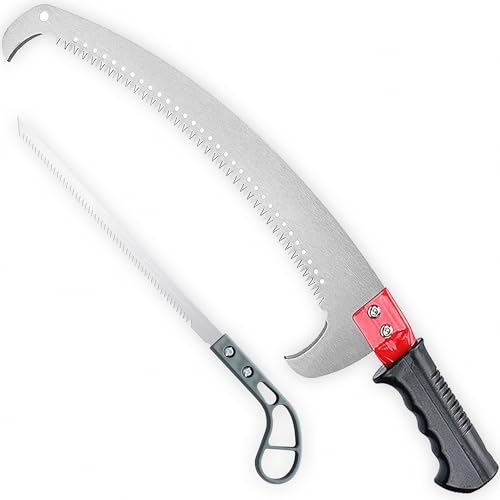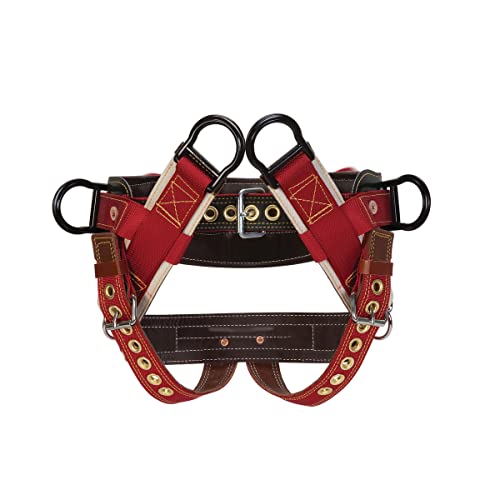Jon Denver
ArboristSite Operative
Just curious to see if any of you have any data on how many pounds your truck can pull. The pounds would be measured at the ropes point of attachment at the truck. I have broken ropes before, I knew their rating but they were old ropes with some oil stains and minor damage.
I know their are to many variables here but lets just say:
1- Dry level pavement
2- 4 weal drive engaged
3- Empty
Lots of different vehicles
Spinning tires or rope snap is the limit.
I know their are to many variables here but lets just say:
1- Dry level pavement
2- 4 weal drive engaged
3- Empty
Lots of different vehicles
Spinning tires or rope snap is the limit.
























































